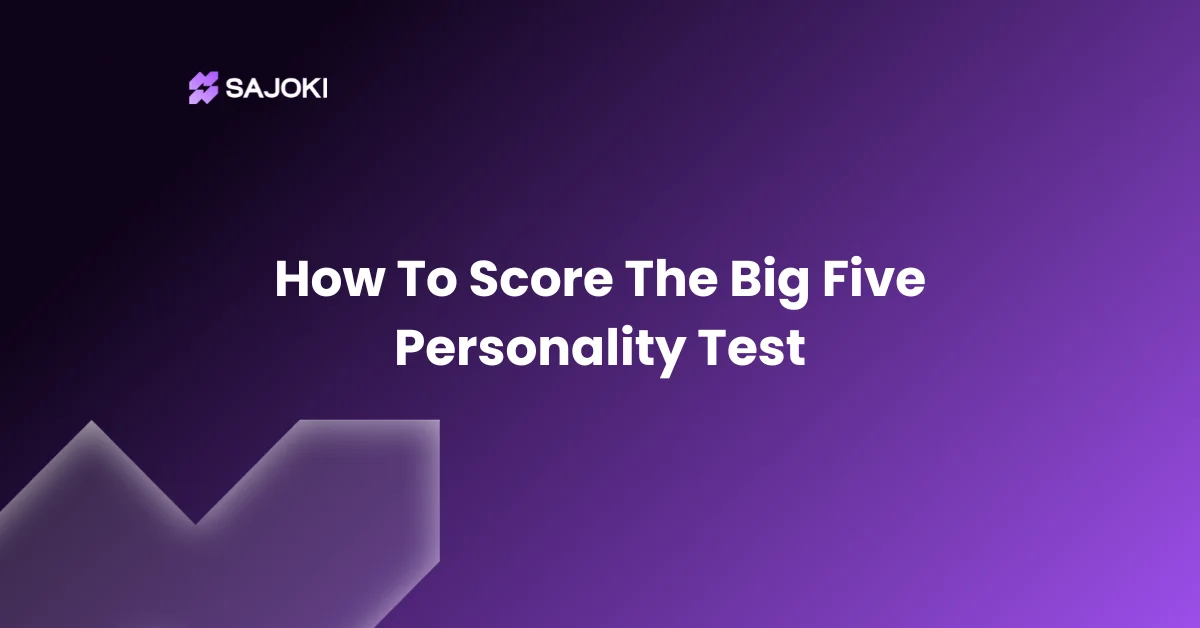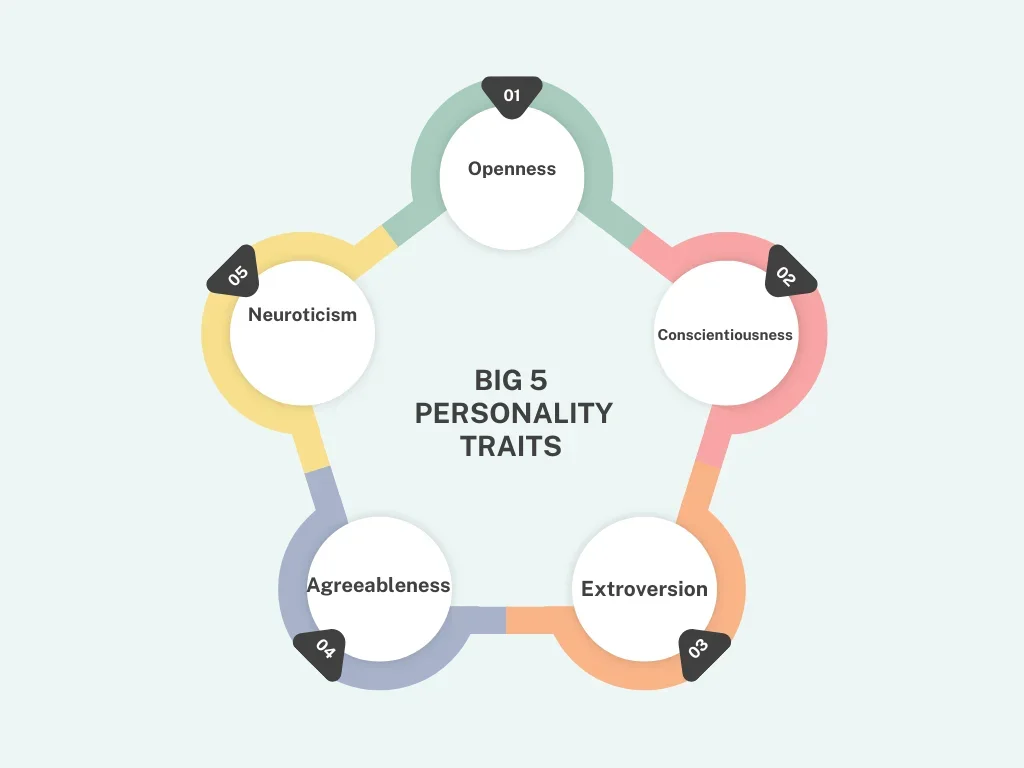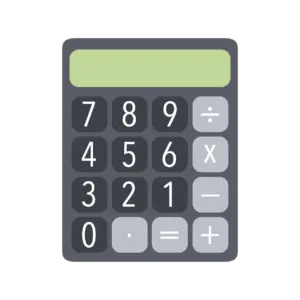The secrets of your personality can be very enlightening and transforming. The Big Five personality test is organized to analyze your personality. It looks at five key dimensions: Openness, Conscientiousness, Extraversion, Agreeableness, and Neuroticism.
So, how to score the Big Five personality test?
Each trait is measured by a series of statements, typically rated on a Likert scale. Next, give numeric scores to those answers. Reverse the scores for any that need it. This way, your profile will accurately reflect you.
Want to learn more about it? Follow this guide to learn what you need to know to ace the test!
Overview of the Five Traits
One must understand these traits for personal growth purposes and a better relationship. If you’re fixed on how to score the Big Five personality test, it’s beneficial to know the meaning of each trait.
1. Openness to Experience
This trait shows how creative and curious a person is. It also reflects their acceptance of new ideas. Openness shows through imagination and open-minded actions. People with low openness tend to follow a more regular, routine life.
2. Conscientiousness
This dimension measures the extent to which one organizes oneself, is dependable, and has many disciplines. Such fully conscientious individuals will be systematic and reliable. However, lower scores would mean that a person could be very spontaneous and unstructured.
3. Extraversion
This is defined as the dimension of sociability, assertiveness, and zeal. Extroverts are usually sociable and energized by being around people. In contrast, introverts often feel tired after social interactions.
4. Agreeableness
This shows how compassionate and cooperative a person is. People high in empathy will be more helpful. On the other hand, people with low empathy are often competitive. They care less about others’ well-being.
5. Neuroticism
This trait shows how emotionally stable a person is. It also reflects their tendency toward negative moods or feelings. A high neuroticism score can lead to mood swings and anxiety.
A low score usually means calmness. It also shows a better ability to handle emotional challenges.
Scoring the Big Five Personality Test
To score the Big Five Personality Test, follow a clear method. This helps measure a person’s traits in five areas: Openness, Conscientiousness, Extraversion, Agreeableness, and Neuroticism. Here’s a breakdown of the scoring process:
Assigning Numerical Values
The test usually has statements that people rate. They use a Likert scale to show how much they agree. The Big Five Inventory (BFI) uses a five-point scale. It ranges from 1, meaning “disagree strongly,” to 5, which means “agree strongly.” Each answer gets a number based on how much you agree.
Reverse Scoring Certain Items
To maintain consistency and accuracy in the assessment, certain negatively worded items require reverse scoring. This means that the numerical values assigned to these items are inverted.
For instance, if an item is phrased negatively, a response of “5” (“agree strongly”) would be converted to a “1,” a “4” to a “2,” and so forth. This process ensures that higher scores consistently reflect higher levels of the trait being measured.
Calculating Raw Scores
Once all responses are appropriately scored, the next step is to calculate raw scores for each of the five personality traits.
This involves summing the scores of items corresponding to each specific trait. For example, to determine the raw score for Extraversion, you would add up the scores of all items associated with that trait.
Normalizing Scores
To help meaningful comparisons across different populations, raw scores are often normalized. This process turns raw scores into standardized scores, like z-scores.
Z-scores show how many standard deviations a score is from the average of the reference group. Normalizing scores helps us see how a person ranks in each personality trait.
To evaluate the Big Five Personality Test results, take these steps:
- First, assign numbers to your responses.
- Next, reverse-score certain items.
- Then, calculate the raw scores.
- Finally, normalize the scores.
The Big Five Personality Test results show useful insights about a person’s traits. To understand these results, you need to consider several factors. This helps ensure accurate and meaningful interpretations.
Interpreting the results
The Big Five Personality Test shows scores as percentile ranks. This means it compares your traits to a typical group. A score in the 70th percentile for Extraversion means the person is more extroverted than 70% of others in the reference group.
This comparative approach helps contextualize one’s personality traits relative to others.
Existing Content Relevance:
Importance of Big Five Personality Test in Hiring
Implications of High and Low Scores
Each trait within the Big Five model encompasses a spectrum of behaviors:
- Openness to Experience: People with high scores are imaginative and welcome new ideas. In contrast, those with low scores tend to like routine and familiarity.
- Conscientiousness: People with high scores are often organized and reliable. In contrast, those with lower scores may show spontaneity and flexibility.
- Extraversion: On one side, some people are very sociable and outgoing. On the other hand, introverts prefer to spend time alone.
- Agreeableness: Those with high scores are usually understanding and helpful. In contrast, lower scores may suggest a more competitive nature with less concern for others.
- Neuroticism: Many people with this trait experience extreme mood swings. This can lead to anxiety and other emotional issues. On the contrary, fewer scorers exhibit good mood stability and resilience.
Understanding these tendencies can provide insight into personal behaviors and interpersonal dynamics
Limitations and Considerations Of The Big Five Test
To understand the Big Five Personality Test, it’s important to know how to use and submit it correctly. An excellent personality trait result’s worth comes with certain limitations. These limitations should be adequately listed to emphasize the fact:
Not a Definitive Measure
The Big Five Personality Test might not be the ultimate benchmark to define personality. It identifies five traits: Openness, Conscientiousness, Extraversion, Agreeableness, and Neuroticism.
Some argue that limiting personality to just these five traits oversimplifies things. This view can ignore important traits like religiosity, integrity, and humility. This generic view could lead to a failure in fully assessing an individual’s unique personality.
Potential for Bias
The Big 5 Personality Test, like other self-reports, could be influenced by social desirability. This refers to people responding in ways they think others will perceive as socially acceptable. This bias can negatively affect the validity of the test.
Test-taker responses might reveal what society expects rather than what makes up real personality traits. Cultural factors influence how an individual perceives and responds to personality items. This would affect the validity of the test across different groups.
Dynamic Nature of Personality
The traits of personality are not set in stone; they change over time. Life experiences, maturation, and new environments play a role. The Big Five would show personality traits just at that particular instant; they would not necessarily hold over time.
For example, conscientiousness and agreeableness usually increase as people get older. In contrast, neuroticism often declines with age. This shows that many factors can influence personality and change it.
The limitations show that the Big Five Personality Tests need to be used with other tools. By themselves, they do not fully measure personality.
Existing Content Relevance:
What is the problem with using personality tests for hiring
Administering the Big Five Personality Test: Best Practices
To take the Big Five Personality Test, follow these key steps for the best results.
Choosing a scientifically validated assessment is crucial. The Big Five Inventory (BFI) is a well-known tool. It has 44 items that assess five personality traits: Openness, Conscientiousness, Extraversion, Agreeableness, and Neuroticism.
Shorter tests, like the BFI-10, work well when time is tight, but they might be less reliable. Online sites, like the Open Source Psychometrics Project, provide easy access to these tests.
Test Format and Structure
The BFI utilizes a series of statements rated on a Likert scale, typically from 1 (disagree strongly) to 5 (agree strongly). Participants show their agreement with statements such as, “I think I’m talkative”. This format shows the details of individual personalities. It does this by measuring how much people agree on different traits.
Ensuring Honest Responses
Accurate results hinge on truthful responses. Encouraging honesty minimizes social desirability bias, leading to more valid assessments. Research shows that stressing authenticity can lead to more honest answers.
This approach helps reduce the chances of people giving socially desirable but wrong responses.
Also, honest answers lead to more job satisfaction and better performance. People are more likely to find roles that fit their true personalities.
For valuable insights from the Big Five Personality Test, administrators should:
- Choose a validated test.
- Understand its structure.
- Foster an honest environment.
FAQs
- How is the Big Five Personality Test structured?
It consists of statements rated on a Likert scale, typically from 1 (disagree strongly) to 5 (agree strongly).
- What is the Big Five Personality Test’s accuracy?
The test’s validity and reliability have been thoroughly examined. It provides precise scores for the Big Five personality traits.
- Are the Big Five traits universal across cultures?
Research suggests these traits are consistent across different cultures, though cultural nuances may influence their expression.
- What is the duration of the Big Five Personality Test?
The time varies depending on the version. Some examinations have 60 questions and take 5–10 minutes to finish.
Conclusion
The Big Five Personality Test will help you understand how you interact and behave. Scoring well on this test helps you understand where you can improve. It also shows how you relate to others.
When learning how to score the Big Five personality test, don’t forget this key point. It is important to remember that there are other ways to assess personality outside the test. Use the test along with other methods for a complete analysis.








